Let's face it, summers can be a challenge whether you’re landscaping, gardening, or a mixture of both. With high heat and little to no rain, it can be challenging to keep your yard and garden looking good.
There are a few variables to consider when you're deciding which plants to grow. Overall goals, time, money, and production and satisfaction. The bottom line is you don’t want to have to worry about your yard and garden every time the summer season rolls around.

The types of plants whether annual or perennial will make a difference in whether you have to baby a plant or you can let it just do its thing. That's why the summer almost begs you to consider drought-tolerant and low-maintenance plants.
Why Would I Want to Consider Drought-Tolerant Plants in my Garden?
Using drought-tolerant plants in your garden offers several benefits and reasons to consider:
Water Conservation
Drought-tolerant plants are adapted to survive with minimal water requirements. By using these plants, you can significantly reduce your water consumption, which is especially important in regions with limited water resources or during times of drought. It promotes responsible water usage and conservation.
Cost Savings
Since drought-tolerant plants require less watering, you'll save money on your water bills. These plants are generally low-maintenance and require fewer inputs such as fertilizers and pesticides, leading to additional cost savings over time.
Environmental Sustainability
By choosing plants that are adapted to survive in dry conditions, you contribute to environmental sustainability. Reduced water usage helps conserve natural resources and minimizes the strain on local water supplies. Drought-tolerant plants also require fewer chemical inputs, leading to a healthier ecosystem and reduced environmental impact.

Resilience in Challenging Conditions
Drought-tolerant plants are better equipped to withstand hot and dry weather. They have adapted mechanisms to store water, reduce water loss through specialized foliage, or develop deep root systems to access moisture from lower soil layers. By using these plants, you ensure a more resilient garden that can survive and thrive during periods of water scarcity.
Low Maintenance
Drought-tolerant plants are often low-maintenance once established. They generally require less pruning, fertilizing, and watering compared to more water-dependent plants. This can save you time and effort in maintaining your garden.
Diversity of Plant Options
There is a wide variety of drought-tolerant plants available, offering an array of colors, textures, and forms. You can create an attractive and diverse landscape using plants that are specifically adapted to your local climate and soil conditions.
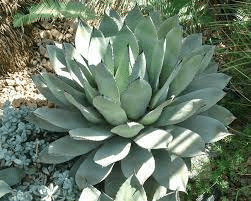
Habitat for Wildlife
Drought-tolerant plants can provide valuable habitats and food sources for pollinators, birds, and other wildlife. By incorporating these plants into your garden, you contribute to the preservation of local biodiversity.
Overall, using drought-tolerant plants is a sustainable and practical choice for gardeners. It allows you to create beautiful, resilient landscapes while conserving water, saving money, and promoting environmental well-being.
Which zones would benefit the most from drought-tolerant plants?
Different parts of the US have the ideal climate for making the decision to add drought tolerant plants to the garden
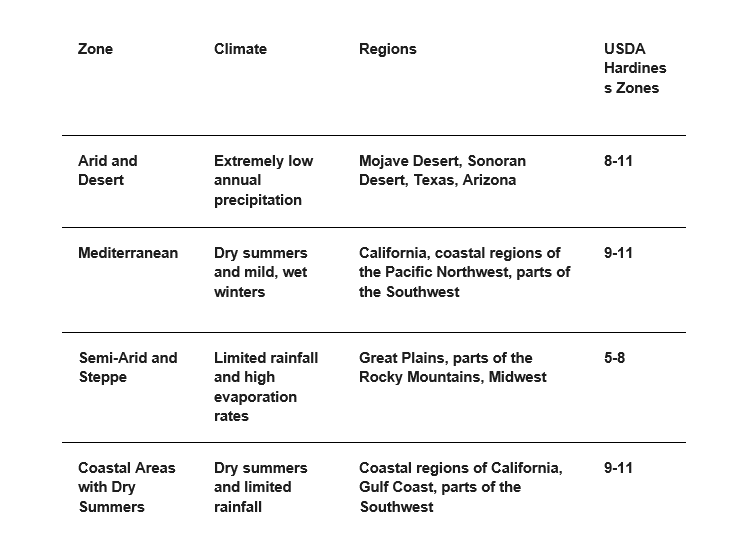
As you can see, there are a variety of zones that would benefit from drought-tolerant plants. These plants can help to conserve water and reduce the impact of climate change. If you are considering planting drought-tolerant plants, be sure to do your research and choose plants that are well-suited for your specific climate.
Drought Tolerant Vegetable Gardens
Drought tolerant doesn't have to mean cactus, succulents, and rocks. By definition for a plant to be drought tolerant, it has to be able to take the heat and drier conditions. When it comes to the vegetable garden you just want your plants to survive, so choosing the right plants for the hot, dry summer growing season is the first step.
Growing drought-tolerant vegetables is a great way to maintain a productive garden even during dry summer. Here are some drought-tolerant vegetables that can take the heat.
Tomatoes (determinate varieties)
Look for determinate tomato varieties, as they tend to be more drought-tolerant compared to indeterminate varieties. Examples include ‘Roma' and ‘Celebrity' tomatoes.
Side Note: Determinate tomatoes have a compact and bushy growth habit, reaching a predetermined size and stopping vertical growth. They produce a concentrated crop of fruit over a shorter period, making them suitable for canning or preserving. Indeterminate tomatoes have a vining growth habit, continuing to grow and produce fruit throughout the season. They require support and provide a continuous harvest over an extended period.

Peppers
Most pepper varieties, such as bell peppers, jalapenos, and chili peppers, have good drought tolerance once established.
Eggplant
Eggplants are relatively drought-tolerant plants that can handle dry conditions. Look for compact varieties that have smaller fruits.

Okra
Okra is a heat-loving vegetable that thrives in hot and dry climates. It has deep roots that help it access moisture in the soil.
Swiss Chard
Swiss chard is a leafy green that is known for its tolerance to dry conditions. It has deep-rooted qualities that enable it to endure drought.
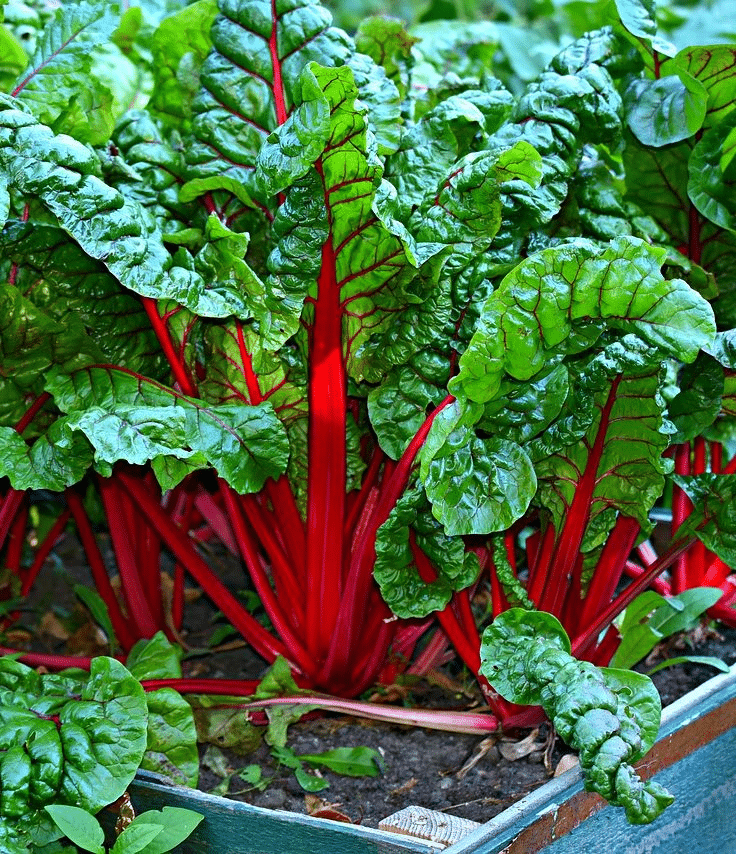
Kale
Kale is a hardy vegetable that can handle both heat and drought. It has a deep root system that helps it access water from deeper soil layers.
Cactus Pad (Nopales)
Okay maybe adding edible cactus is a good idea as well. Nopales are edible cactus pads commonly used in Mexican cuisine. They are extremely drought-tolerant and can be grown in dry regions.

Cucumbers (drought-tolerant varieties)
Some cucumber varieties, such as ‘Lemon' cucumbers or ‘Bush Champion' cucumbers, have better tolerance to dry conditions.
Zucchini and Summer Squash
These squash varieties are relatively drought-tolerant and can produce an abundant harvest even with less water.

Beans (drought-tolerant varieties)
Some bean varieties, like black-eyed peas and cowpeas, have better resistance to drought than others.
Sweet Potatoes
Sweet potatoes are drought-tolerant crops that can thrive in hot and dry conditions. Once established, they require minimal watering.
When growing these vegetables in a drought-prone area, it's essential to provide them with proper soil preparation, mulching, and deep watering during their establishment phase. Once established, reduce watering and use water-conserving techniques like drip irrigation or watering at the base of the plants to minimize water loss through evaporation.
Other Tips on Growing Drought Toleranat Plants
Summertime gardening is an amazing time when you can see the resilience of plants as they wilt to the point where you think they have succumbed to the heat and the next morning they are standing tall and ready for another day.
Flowering and harvest abundance, increased pest problems, water issues, and increased maintenance are all a part of the summer months, equally rewarding as they are challenging.

Over time you can adapt some varieties of plants to the conditions of your zone, but the best advice is to try and find plants that have passed the test in the past. Checking with local farmers and experienced gardeners can give you a head start to a thriving garden.
Native perennial plants intermixed with hardy varieties of vegetables are the way to extend the growing season when the weather has cranked up the heat. Keeping the ground covered with compost and mulch means less evaporation and can spell the difference in the survivability of your plants.
Have a great summer and happy gardening!

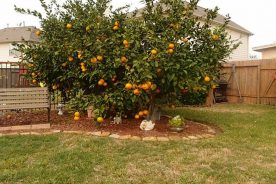
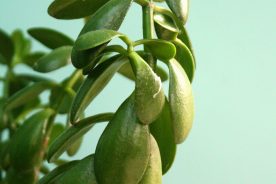
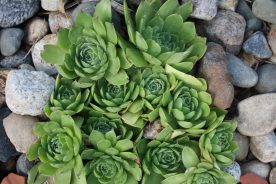

No Comments